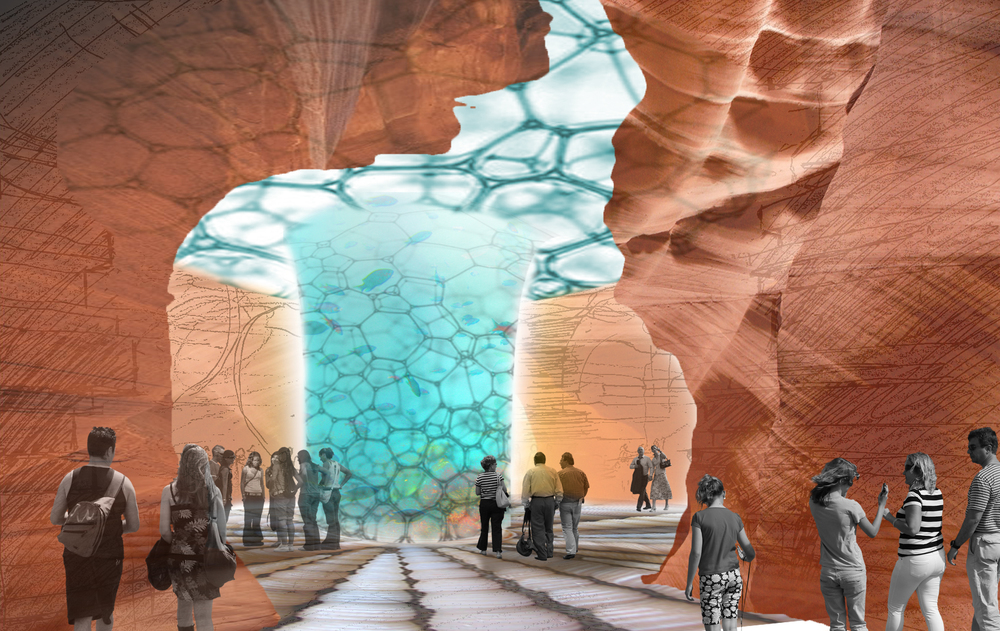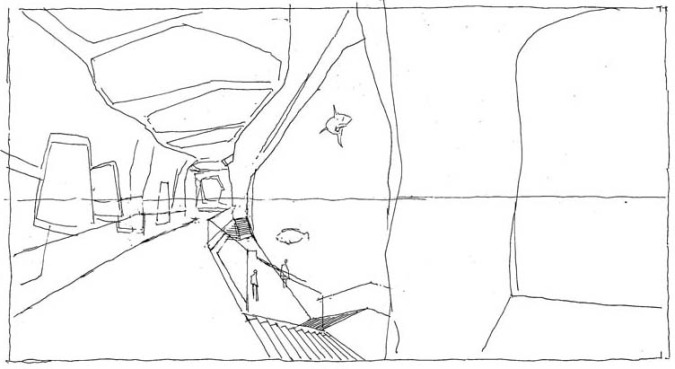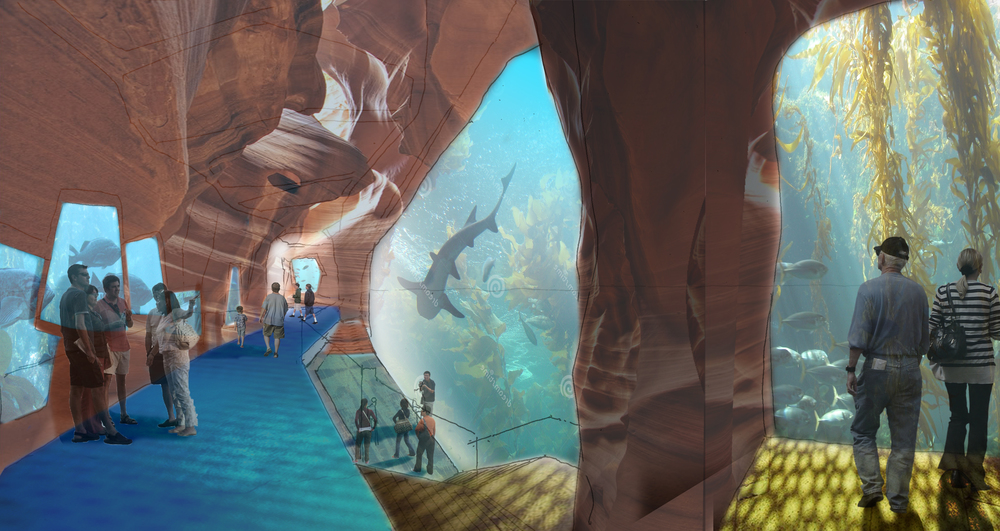Hand-drawn storyboards can promote understanding of the user experience and make a complex subject easier to understand
Simple Residential Designs for Surprising Solutions
Architectural Rendering Technique: The Art Of The Pen and Ink Sketch
Basic Social Media Tasks Architects and Designers Should Be Doing So As Not To Lose Potential Clients
Product Design Sketching Techniques: Using Photoshop to Recreate Blueprint "Feel"
Architectural Presentation Techniques: The Art of the Digital Sketch
In yesterday's post about loose architectural sketches, we talked about traditional pencil and pen-and-ink sketches. Today we'll talk about what I call a loose digital sketch. The loose digital sketch begins with a loose manual sketch composing the view and identifyling the important elements in the proposed design.
But then the loose digital sketch takes a turn to photoshop.


Working closely with the designer, the architectural renderer...
Architectural Rendering Technique: The Art Of The Loose Sketch
Even in this digital design age, there is a place for the loose architectural rendering. It is fast where other architectural rendering techniques are slow. It is non-commital, where digital rendering has to be precise in order to look good. It's also not a bad metaphor for life. What do I mean by that?
 Loose architectural renderings and sketches are still one of the most important architectural rendering techniques. In this example, the author uses felt tip pen to work directly on top of the soft pencil sketch used to visualize the space and develop the design before the architect's eyes. This insures that the sketch stays loose and that one's attitude toward the rendering does not become too precious.
Loose architectural renderings and sketches are still one of the most important architectural rendering techniques. In this example, the author uses felt tip pen to work directly on top of the soft pencil sketch used to visualize the space and develop the design before the architect's eyes. This insures that the sketch stays loose and that one's attitude toward the rendering does not become too precious.
I mean, how many times in life is 75% or even 85% of the idea...
Pencil Sketching is the New Computer Aided Design
As digital modeling and architectural digital rendering continue to chnage our industry for the better, the arts of architectural rendering and architectural sketching in watercolor, pencil, and pen-and-ink become huge asstes in the constant battle to stand out among competitors all using the same digital tools.
 Architectural sketching and storyboarding in watercolor
Architectural sketching and storyboarding in watercolor
They engage clients' emotions, connecting with that deep thing that persists in all of us--that ability to...
Architectural Sketching and Rendering For The Digital Rendering Age
 Above: This architectural sketch (or what some might call an architectural rendering) in pencil shows the architect's design concept for an underground book storage addition to the Princeton University library. Visualizing the design concept in quick pencil sketches not only engaged the client in an attention-grabbing ad humanistic way, it also served as a kind of art direction to help guide the third party architectural digital renderers.
Above: This architectural sketch (or what some might call an architectural rendering) in pencil shows the architect's design concept for an underground book storage addition to the Princeton University library. Visualizing the design concept in quick pencil sketches not only engaged the client in an attention-grabbing ad humanistic way, it also served as a kind of art direction to help guide the third party architectural digital renderers.Ahh the Smell of Pen and Ink Architectural Rendering in the Morning
Pen, ink and tracing paper remains one of the effective forms of architectural rendering ever devised, but what if we combined it with photoshop and a digital aesthetic?




This architectural rendering project was a lot of fun, done right in the architect's office with close collaboration between architect and architectural illustrator. I would love to know what you think? Please leave coments below.
(The author is a registered architect and architectural illustrator with years of experience helping architects and interior designers develop and present their ideas in dramatic and cost-effective ways. From concept design to final presentation, we work in your office or from our NYC studio. 413-250-8800.)
Drawing and Watercoloring For Architects (A Proposal For Grads New and Not New Who Lament The Loss Of These Skills)
At every office I work with, it seems that fewer and fewer new architectural grads have an opportunity to use their (often VERY impressive) traditional drawing and watercoloring talents. There's nothing inherently bad about the fact that few of us need any longer to draw in our day jobs, or that unprecedented computer possibilities have displaced the need for these skills, but still...I wonder if some future Stanford brain scientist might discover that the profession-wide loss of these skills turns out to have been the loss of something deeper?

Like the ability to rotate imaginary objects and spaces in our heads, or...








